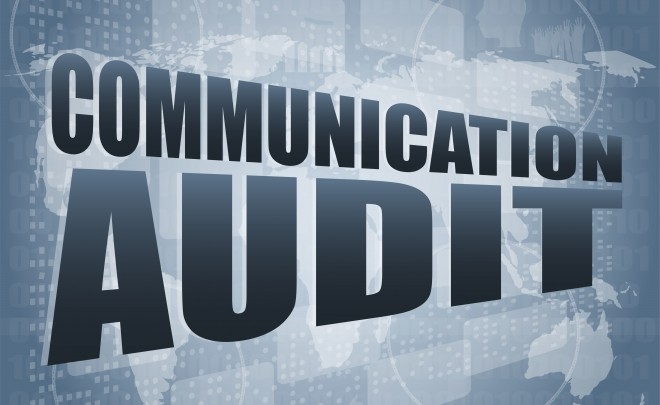By William Bullard
What comes to mind when you hear the term “audit?” For many of us, it’s accountants poring over excel spreadsheets, looking for errors and discrepancies. And while this perception is often accurate, an alternative view is that delving into elements of your school is not only valuable, but can also be interesting and fun. In part I of this post, I will focus on the benefits of assessing your school’s communications and which specific media to evaluate.
Benefits of Auditing Your Communications
Why go through the effort to review your pieces, analyze results, make comparisons, and benchmark against other schools?
- Consistency and quality: On a basic level, you’ll ensure that your website, ads, and documents, especially those you use as templates, are well-written, error-free, and up-to-date. On a more strategic level, you can determine if your messaging, brand, voice, and positioning are consistent across various media and also across departments (see “campaign integration” below).
- Performance improvement: You put a lot of effort into your emails, newsletters, and ads. Presumably you want to know how they help your team meet your school’s larger strategic and specific communications objectives. Does your enrollment marketing drive more leads and applications? Does your parent and student communication help retention efforts? Do your development campaigns draw interest from alumni and other groups, and help you exceed your fundraising goals? Does your marketing achieve a strong ROI and assist with employee retention? There are two main ways to answer these questions: comparing your current marketing programs to those of previous years, and to those of your peers and top schools. See details in part II.
- Best Practices: Are you taking advantage of advances in web management, video, and social media? Is your website responsive, i.e., does it know what device the reader is using and adapt the presentation? Are you harnessing the power of video to communicate your message, and if so, are videos placed on your website, YouTube or Vimeo, and/or social media? Are you testing across various media to assess the effectiveness of your campaigns? You can find best practices used by leading organizations in and outside of education that offer guidance on “how to” analyze and maximize the influence of your presentation.
- Constituent Interests: As you analyze your email clicks, social media engagement, and web page visits, you can gain valuable knowledge on what’s important to your parents, alumni and prospective families. Though many topics must be covered in each specific campaign, insights from your audit can give you new ideas on not only the focus of your communications but also on new activities and possibly even new or updated arts or academic offerings.
- Campaign integration: Stepping back to review your communications holistically offers a terrific opportunity to confirm your pieces are not only consistent and error-free but also strategically aligned. Do you describe your school’s core values and emphasize its key attributes fairly uniformly to your diverse constituents? While it is fine, in fact desirable, to target a specific message to a potential student in a follow-up to a visit, or celebrate a retired faculty member in an alumni fund appeal, most school-driven communications should focus on core messages about shared goals, priorities, successes, and challenges.
- Innovation and efficiency: Many breakthroughs in thought, design and implementation have come from looking at practices with fresh eyes, a major reason that an audit is best conducted by an “outsider” (see part II for details). Breaking old habits is hard, whether in look and feel or in following a process. After reviewing and benchmarking, while you may have renewed confidence in your approach, you may also make creative or operational advances.
What Communications Should You Audit?
Most schools have a standard array of communications and marketing materials, though they may differ in which group manages them, e.g., in some schools, enrollment campaigns may be run by Admissions and alumni programs by Development, versus all moving through the Communications group. In these cases, your audit is more critical than ever to ensure the common language and strategic alignment noted above. Here are the primary communications channels to analyze, at a high level:
- Website
- Digital advertising
- Enrollment programs, if independent
- Fundraising programs, if independent
- Social media
- Blog
- Admissions funnel
- PR and general media
In part II, to be published the week of January 18th, I will provide detailed tips on preparing and executing a communications audit, with a bonus section on benchmarking. You may also be interested in my recent post, Measuring Your School’s Marketing Campaigns: A Case Study.
William Bullard is a strategic marketer who spent most of his career in the business world before moving into education. He has been the director of communications at two independent schools in greater Boston as well as a social media consultant for a leading literacy training company. He is especially interested in applying lessons from his early-stage work in direct marketing, the Internet, and digital marketing to schools. As the VP of Internet Marketing for the Boston chapter of the American Marketing Association, he is a frequent blogger. William is a strategic partner for Kalix Communications, focusing on digital and data-driven marketing.


